11 February 2025
If you’ve ever found yourself captivated by the raw beauty of nature—the majestic flight of an eagle, the stealthy prowl of a big cat, or the serene stillness of a deer in the morning mist—then you’ve probably thought about capturing those moments on camera. But let’s be real, wildlife photography isn’t just about having a camera in hand. It’s about having the right camera gear, especially if you’re serious about taking this hobby to the next level.
In this article, we’ll dive into the best camera gear that any aspiring wildlife photographer should consider. Whether you’re just starting or already have some experience, this guide will help you make informed decisions. So grab your coffee, sit back, and let’s explore the wild world of wildlife photography gear.
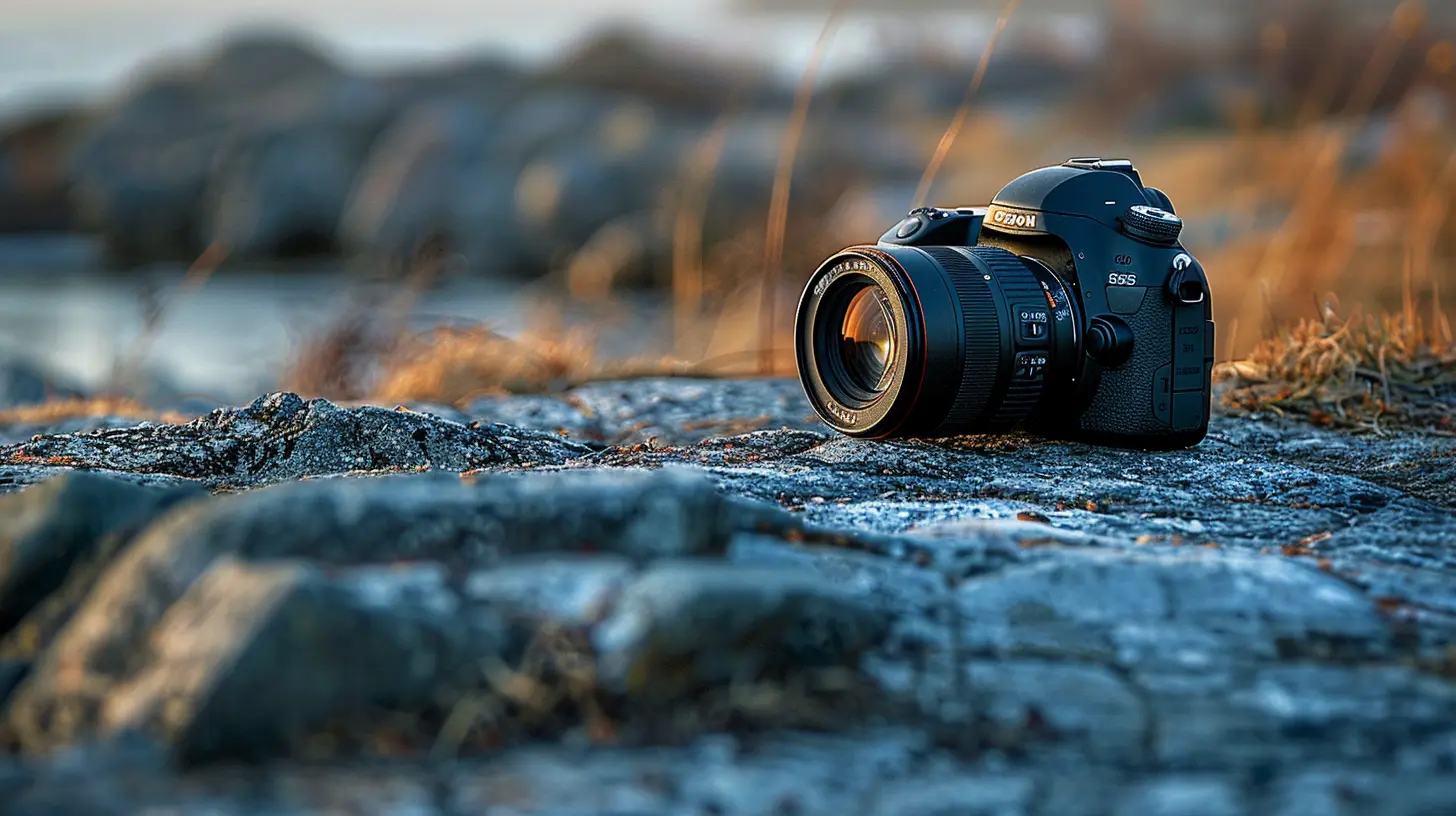
Why Camera Gear Matters in Wildlife Photography
Before we dive into the gear itself, let’s talk about why it matters so much. Wildlife photography is like fishing—you don’t always know what you’re going to catch, but you need to be prepared for anything. The world of wildlife is ever-changing, unpredictable, and often fleeting. That means you need camera gear that’s fast, reliable, and capable of capturing the action without missing a beat.A good camera and lens setup can mean the difference between a blurry photo of a bird in flight and a crisp, clear image that captures every feather in detail. The right accessories, like tripods and gimbal heads, can stabilize your shot when shooting from a distance. And let’s not forget about durability—wildlife photography often takes place in rugged environments where your gear will get tested by dust, rain, and extreme temperatures.
Now that we’ve set the stage, let’s break down the essential gear you’ll need to become the next Ansel Adams of the animal kingdom.
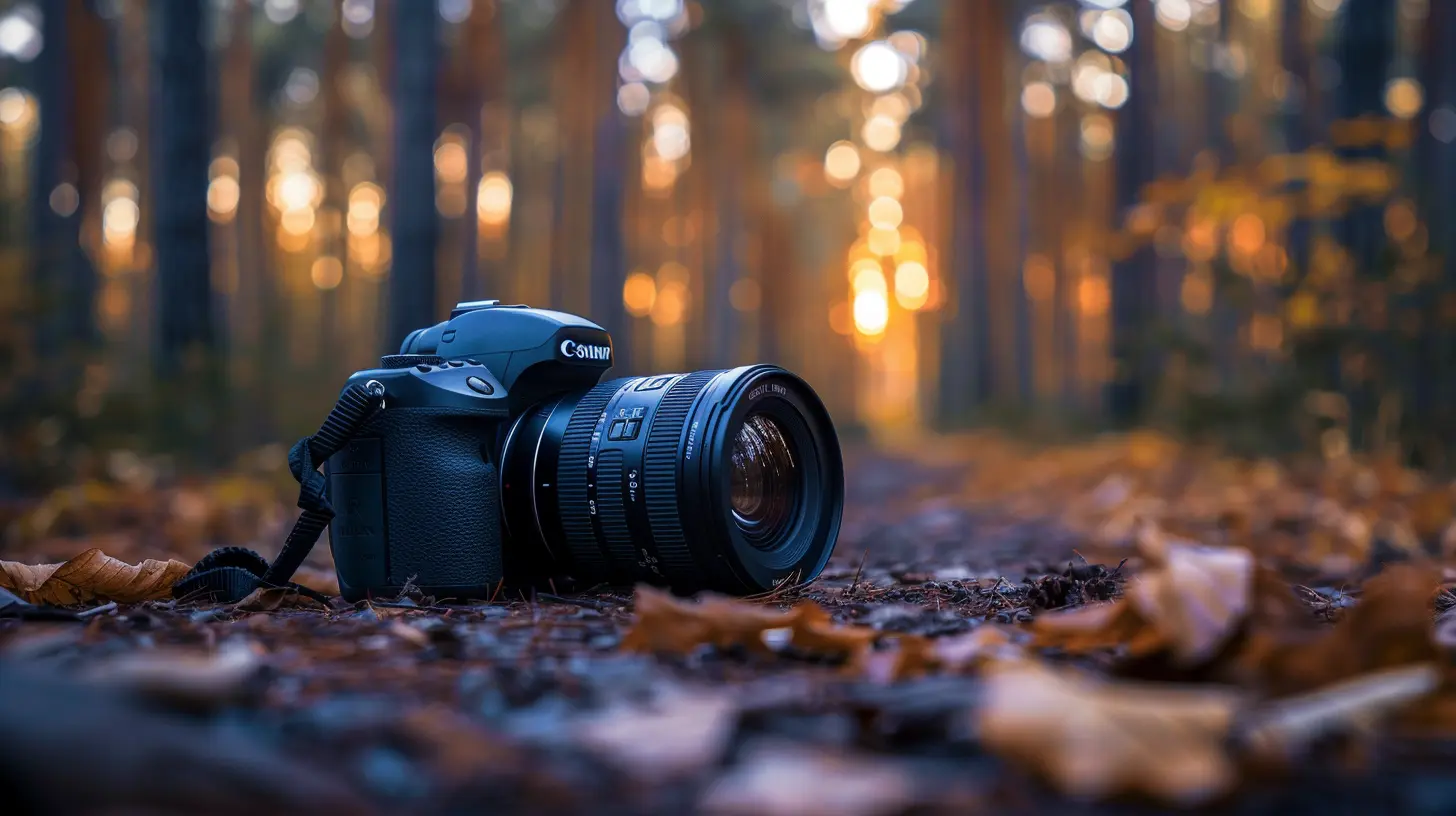
1. Choosing the Right Camera Body
Full-Frame vs. Crop Sensor
First up, you need to decide whether to go for a full-frame or crop sensor camera. Full-frame cameras generally offer better image quality and perform better in low light, which is crucial when you’re shooting at dawn or dusk (prime times for wildlife activity). However, they come with a heftier price tag.Alternatively, crop sensor cameras give you a “zoomed-in” effect due to their smaller sensor. This can be a huge advantage when you're trying to photograph distant animals without splurging on a massive telephoto lens. For example, a 200mm lens on a crop sensor camera will behave more like a 300mm lens, giving you extra reach without the extra cost.
Top Camera Recommendations
- Canon EOS R5 (Full-Frame): If budget isn’t a concern, the Canon EOS R5 offers outstanding image quality, fast autofocus, and 8K video recording. Perfect for capturing those fast-moving subjects.- Nikon Z6 II (Full-Frame): A more affordable full-frame mirrorless option with excellent low-light performance and weather sealing.
- Sony Alpha A6600 (Crop Sensor): Lightweight, compact, and with fast autofocus, this camera works great for wildlife photographers on the go.
- Canon EOS 90D (Crop Sensor): A DSLR option that offers high-resolution images and a robust build, making it suitable for rugged conditions.
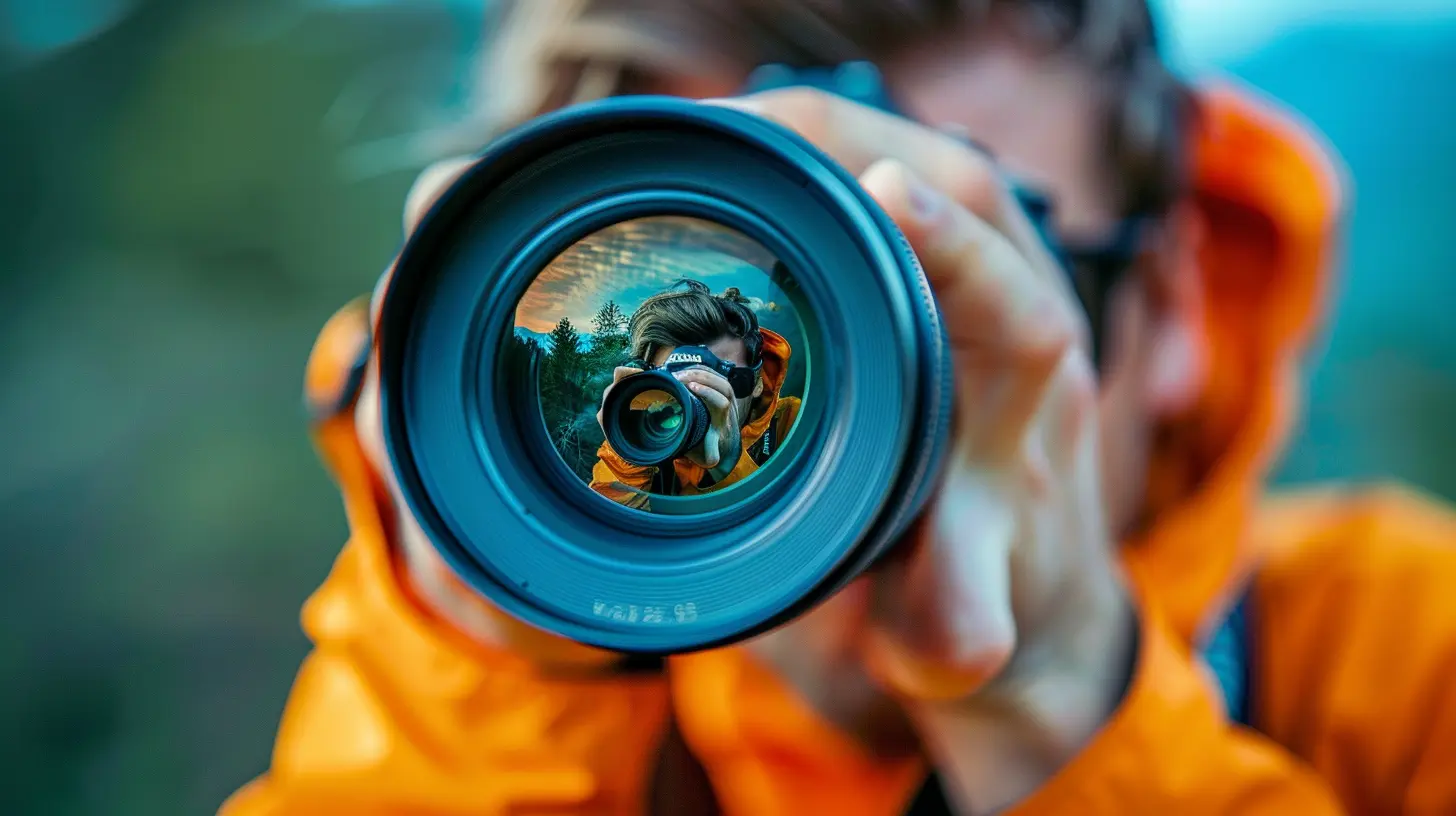
2. Lenses: Your Window to the Wild
The lens is arguably the most important piece of gear in wildlife photography. After all, wildlife doesn’t exactly pose for you. They’re often at a distance, making telephoto lenses essential for capturing detailed shots.Telephoto Lenses
Telephoto lenses allow you to zoom in on distant subjects without disturbing them. A lens with a focal length of 300mm or more is ideal for wildlife photography.- Canon RF 100-500mm f/4.5-7.1L IS USM: This versatile zoom lens offers a massive range, perfect for both close-ups and distant shots.
- Nikon AF-S Nikkor 200-500mm f/5.6E ED VR: A great option for Nikon users, offering a long-range while remaining relatively affordable.
- Sony FE 200-600mm f/5.6-6.3 G OSS: Ideal for Sony mirrorless users, this lens gives you extra reach without breaking the bank.
Prime Lenses
While zoom lenses offer flexibility, prime lenses (fixed focal length) usually provide sharper images. They’re great if you know what distance you’ll be shooting from, but not ideal for unpredictable wildlife movements.- Canon EF 400mm f/2.8L IS III USM: A beast of a lens, perfect for low-light situations and fast action.
- Nikon AF-S Nikkor 600mm f/4E FL ED VR: If you’re serious about your craft and have deep pockets, this lens is a game-changer.
Macro Lenses
If you’re more into shooting the smaller creatures—like insects or amphibians—a macro lens is a must. These lenses allow you to get up close and personal with your subject while capturing incredible detail.- Canon RF 85mm f/2 Macro IS STM: A great all-around macro lens with image stabilization.
- Nikon Z MC 105mm f/2.8 VR S: Perfect for Nikon Z-series cameras, offering excellent sharpness and close-focusing ability.
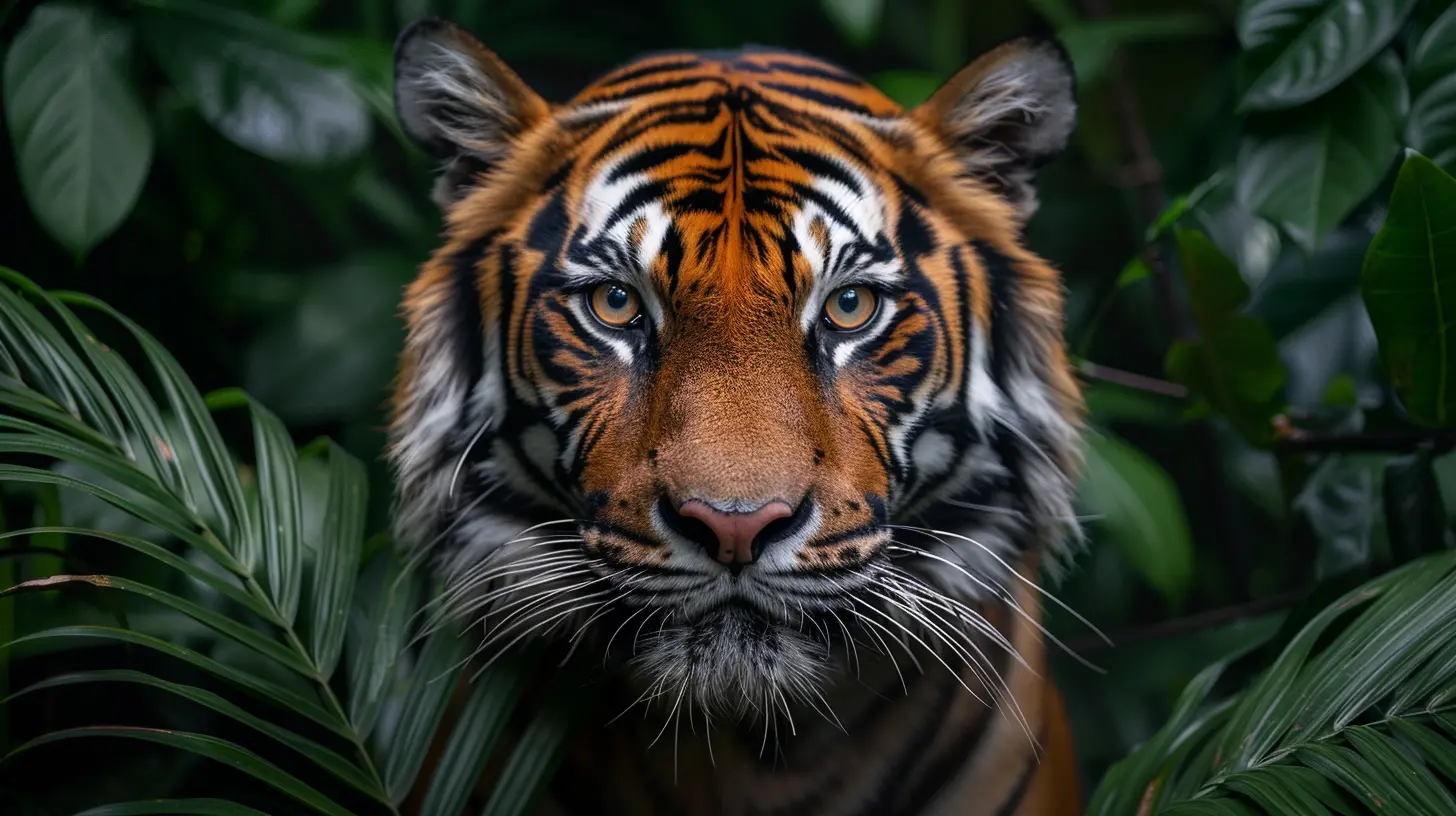
3. Tripods and Monopods: Stabilize Your Shots
Wildlife photography often requires stability, especially when using long telephoto lenses. A solid tripod can be your best friend, ensuring that your shots remain tack-sharp even at slower shutter speeds.Tripod Recommendations
- Gitzo GT3543LS Systematic Series 3 Carbon Fiber Tripod: Lightweight yet incredibly sturdy, this is a favorite among professional wildlife photographers.- Manfrotto 055 Carbon Fiber 3-Section Tripod: A more affordable option that still offers excellent stability and build quality.
Monopods
If you’re constantly on the move, a monopod can be a good compromise. It offers more flexibility than a tripod while still giving you a level of stabilization.- Sirui P-326 Monopod: Lightweight and easy to carry, this is great for quick setup and breakdown in the field.
4. Gimbal Heads: Smooth Like Butter
If you’re using a heavy telephoto lens, a gimbal head is practically a necessity. It allows you to smoothly track moving subjects like birds in flight or running animals without putting too much strain on your arms or camera gear.Gimbal Head Recommendations
- Wimberley WH-200 Gimbal Head II: Considered the gold standard in gimbal heads, offering buttery smooth movement and rock-solid stability.- Jobu Design Jr.3: A more compact and affordable gimbal head that still delivers excellent performance.
5. Memory Cards: Never Miss a Shot
Wildlife photography often involves taking hundreds or even thousands of photos. You don’t want to be in the middle of a perfect shot and have your camera tell you the memory is full. Invest in high-capacity, high-speed memory cards to ensure you never miss a moment.Top Memory Card Picks
- SanDisk Extreme PRO UHS-II SD Card: Fast write speeds and large storage capacity.- Lexar Professional 2000x SDHC UHS-II Card: Another reliable option with fast data transfer speeds.
6. Camera Bags: Carry It All
You’ll need a reliable way to carry all this gear without breaking your back. A good camera bag is essential for keeping your equipment safe and organized.Best Camera Bags
- Lowepro ProTactic 450 AW II: This bag is a favorite among wildlife photographers for its rugged build and customizable compartments.- Think Tank Photo StreetWalker Pro V2.0: A more compact option that still offers plenty of space for gear and excellent comfort for long hikes.
7. Additional Must-Have Accessories
Lens Hoods
A lens hood reduces glare and protects your expensive glass from the elements.Spare Batteries
Wildlife shoots can last all day, and the last thing you want is a dead battery in the middle of the action. Always carry a couple of spares.Rain Covers
Nature is unpredictable; always be prepared for sudden rain showers with a rain cover to protect your gear.Remote Shutter Release
A remote allows you to trigger the camera without physically touching it, reducing the risk of camera shake.8. Pro Tips for Wildlife Photography
Now that you have the gear, here are a few quick tips to improve your wildlife photography:- Patience is key: Wildlife photography is often a waiting game. Be prepared to spend hours or even days waiting for that perfect shot.
- Know your subject: Research the behavior of the animals you’re photographing. Understanding their habits and habitats will increase your chances of capturing a great shot.
- Shoot in RAW: Always shoot in RAW format for maximum flexibility in post-processing.
- Practice, practice, practice: The more you practice, the better you’ll become at tracking moving subjects and anticipating the perfect moment.
Conclusion
Wildlife photography is one of the most rewarding forms of photography, but it’s also one of the most challenging. With the right gear—whether that’s a high-quality camera body, a reliable telephoto lens, or a sturdy tripod—you can set yourself up for success. While the gear doesn't make the photographer, it certainly helps you get closer to capturing the beauty of the natural world in all its glory.So, what are you waiting for? The wild is calling, and it’s time to answer with your camera in hand.


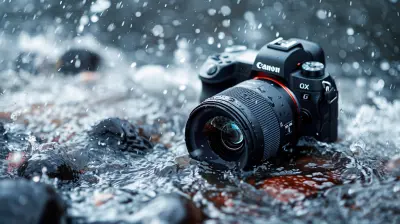

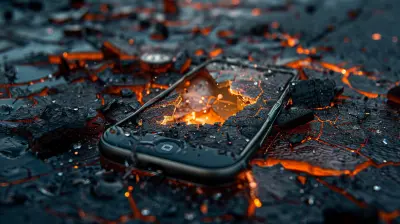

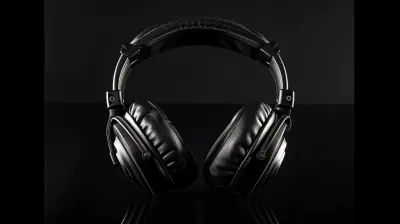
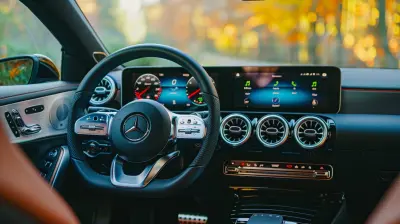



Shelby Jackson
Unleash your creativity and capture the wild in stunning detail! With the right gear, every moment in nature becomes a masterpiece. Dive into your passion for wildlife photography—your adventure starts here!
March 7, 2025 at 5:57 AM